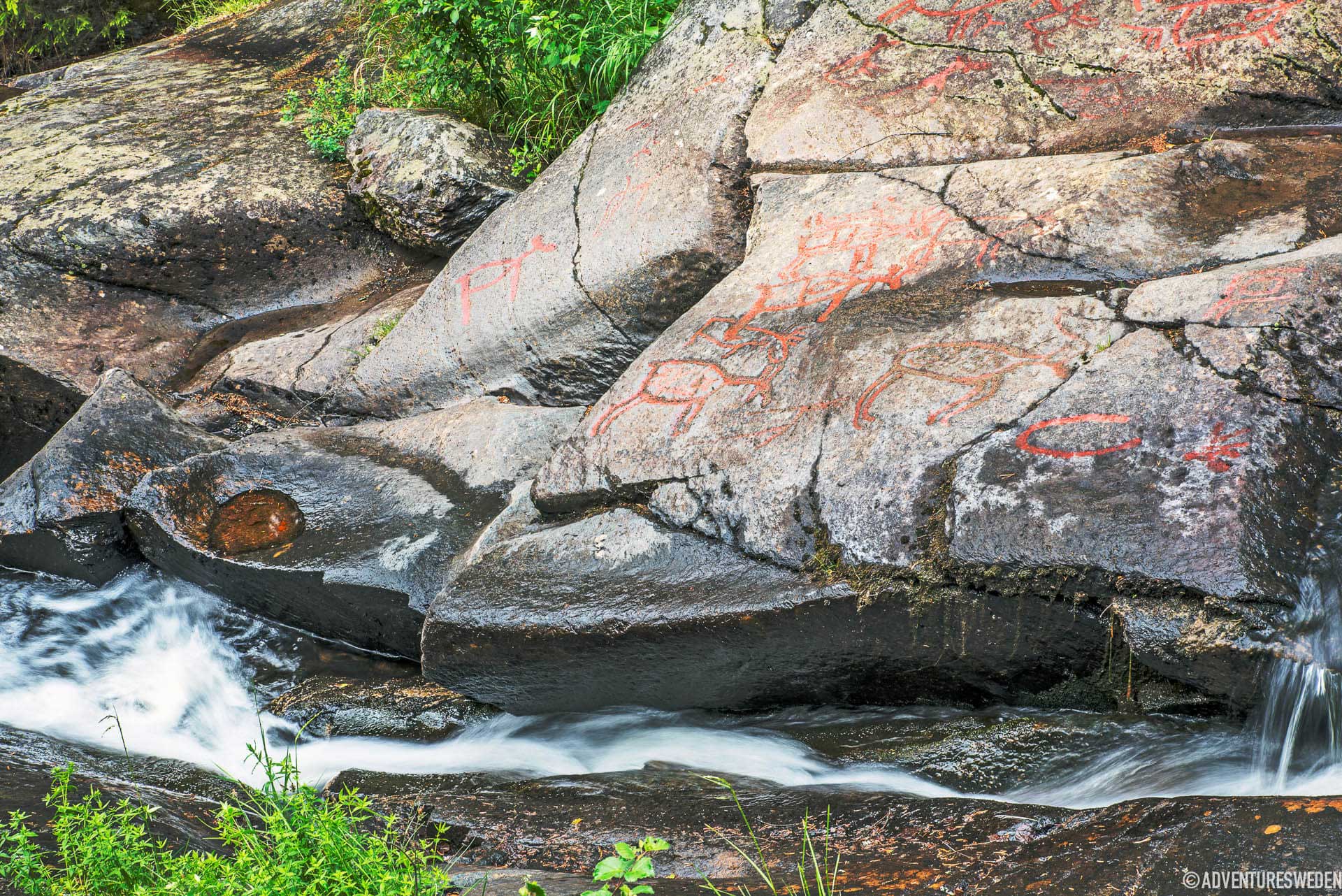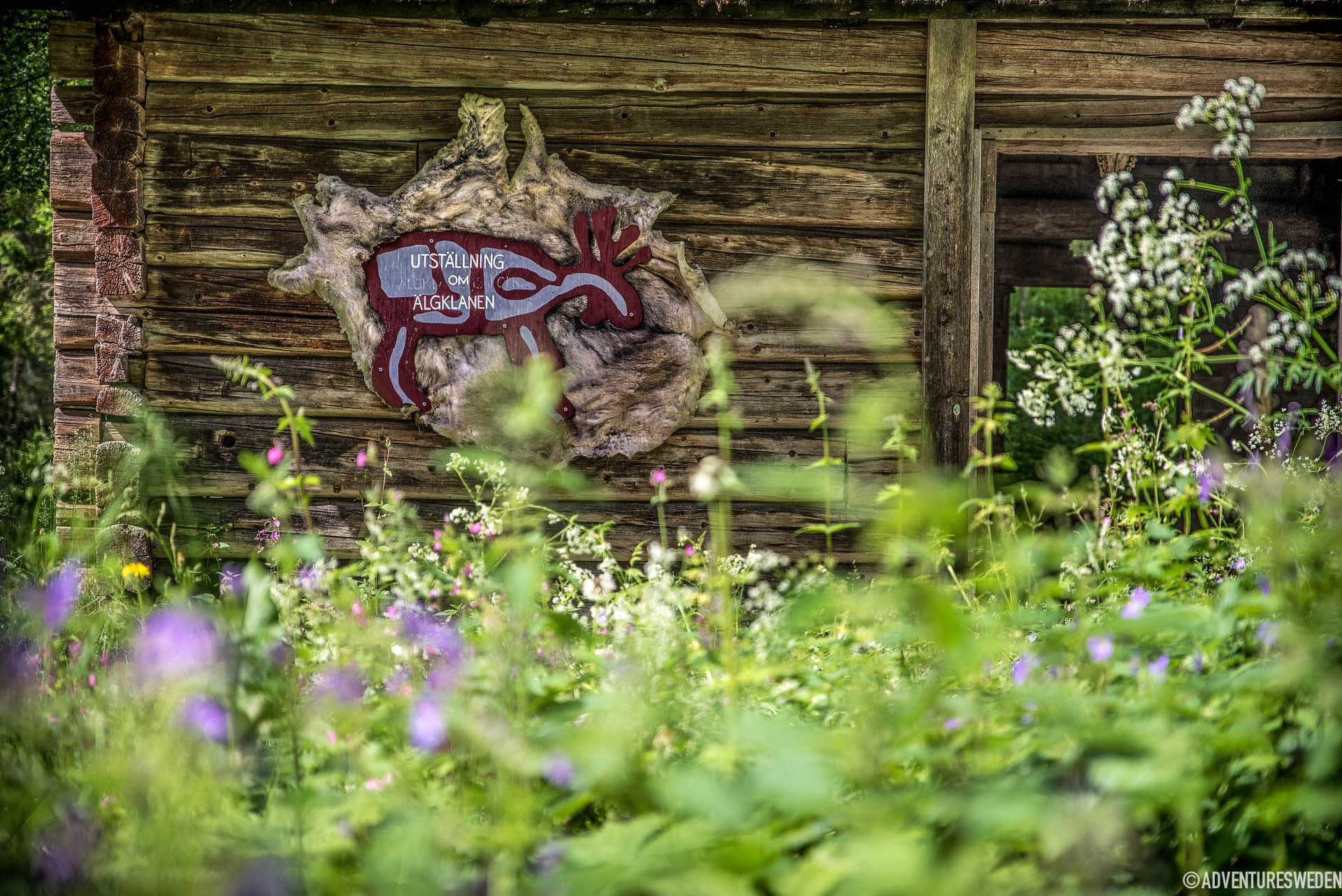Culture in Sweden 6000 Years Ago
The best way to understand what culture in Sweden was like 6000 years ago is to actively engage yourself in the Stone Age. Guides at Glösa dress up in authentic clothing made from moose skins, fox hair hats, wear gnarly necklaces of moose teeth and as a result the history and culture oozes out of them. They start regaling their stories about how some 9000 years ago the ice started to melt. Grass, lichen, mosses and other primary growth started spreading over the newly exposed earth. Soon enough, dwarf birch trees’ and other smaller trees took root and grew. Then man came and started exploring the new territory as the ice melted and withdrew more and more. These hunter-gatherers eventually settled into Jämtland Härjedalen in Sweden and the culturally-rich place known as Glösa.
While the guides teach us through their words and stories, it’s the Älghallen hall that really stimulates visitors with the sense of touch of Swedish culture. Replicas of the ancient relics are available to feel, touch and help in getting the feeling for life back in the Stone Age in Sweden. On the wall hangs a copy of a pair of 5300 year old wooden ski’s and the display tables have flint stones that were used as trade items in exchange for moose bone axe heads, arrow tips and needles.
Ancient Cultural Feasts at Glösa
The belief is that the autumn, about the time best for moose hunting, was a time of feasting. The Swedish clans folk we imagine, would head down, torches lit, to the ancient rock carvings and paintings. They would feast on dishes of moose fillet and moose stews while tucking into on eadible greens. The melodious sound of flute and horn music would flow over the smooth rocks from the moose bone instruments and blend with the rhythmic thrumming of skin drums. These are the songs of tribute to the spirits and life would go on late into the night. These feasts are recreated at Glösa today.
Visitors at the Moose feast will experience how softly the fire eventually extinguishes and the music comes to a still. The only sound that remains is the gurgling of the stream, like an eternal cycle of life. The same stream that flowed 6000 years ago for the clans folk as it is today, the same night that sets over Glösa and the Moose Clan in the safety of the shelter under a still autumn night. At Glösa, culture in Sweden now and then is linked together in a mystical, magical way.













